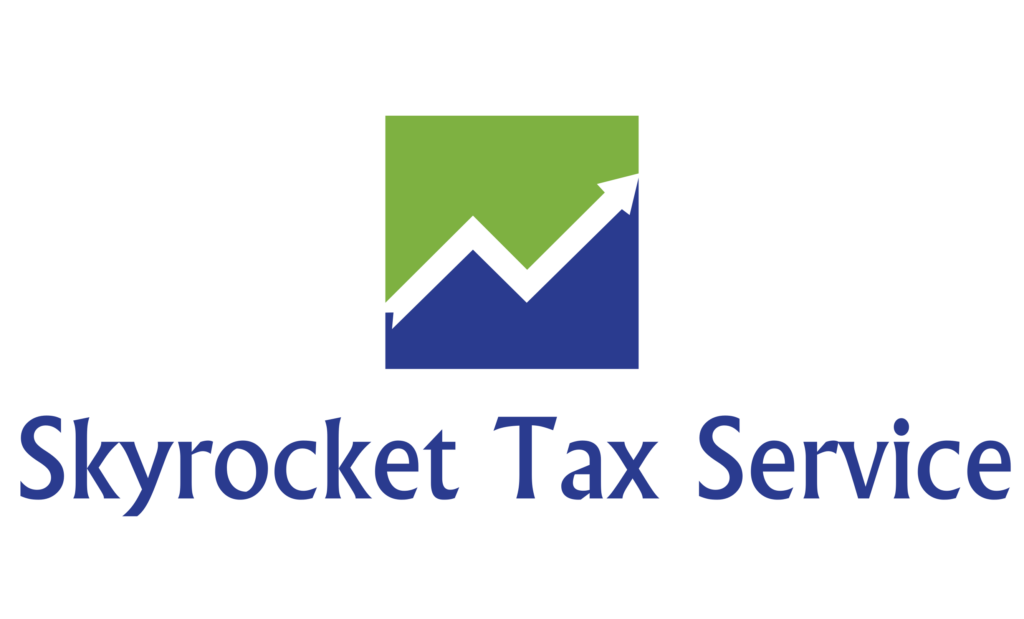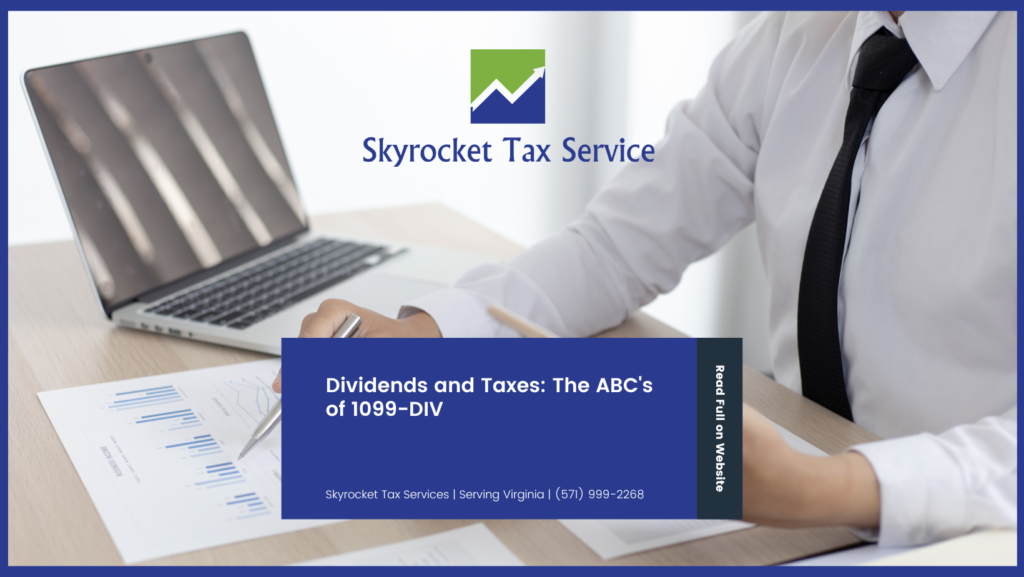Introduction: A Rewarding Relationship
Investing can be a rewarding venture, not just for the returns but also for the dividends that come your way. But with dividends comes the responsibility of reporting them accurately to Uncle Sam. Enter Form 1099-DIV. Let’s unravel this form and its role in your tax story.
What’s the 1099-DIV All About?
Simply put, Form 1099-DIV is the IRS’s way of keeping track of the dividends and distributions you’ve received over a tax year. Whether it’s from stocks, mutual funds, or other investment sources, if you’ve earned more than $10 in dividends, you’ll likely see this form in your mailbox.
Breaking Down the 1099-DIV
- Box 1a & 1b: Total ordinary dividends and the qualified portion of those dividends.
- Box 2a: Total capital gain distributions.
- Box 3: Non-dividend distributions, which reduce your cost basis but aren’t immediately taxable.
- Box 4: Any backup withholding, which you can credit against your tax owed.
Tax Implications of Dividends
All dividends aren’t created equal, at least in the eyes of the IRS. Ordinary dividends are taxed as ordinary income, while qualified dividends enjoy a lower capital gains tax rate. Knowing the difference and reporting them accurately is crucial for an optimized tax return.
Navigating Potential Hiccups
A common challenge with Form 1099-DIV is not reconciling the amounts with your records. Always double-check to ensure accuracy. If you spot discrepancies or feel overwhelmed, don’t hesitate to consult an expert. Skyrocket Tax Service has a plethora of resources to guide you.
Conclusion
Receiving dividends can be a joy, but ensuring they’re accurately reported is paramount. With a solid grasp on Form 1099-DIV and its nuances, you can confidently sail through tax season.
Author Section: Have dividends sprinkled a bit of complexity into your tax scenario? Turn to Skyrocket Tax Service. Making tax season smoother, one dividend at a time.

